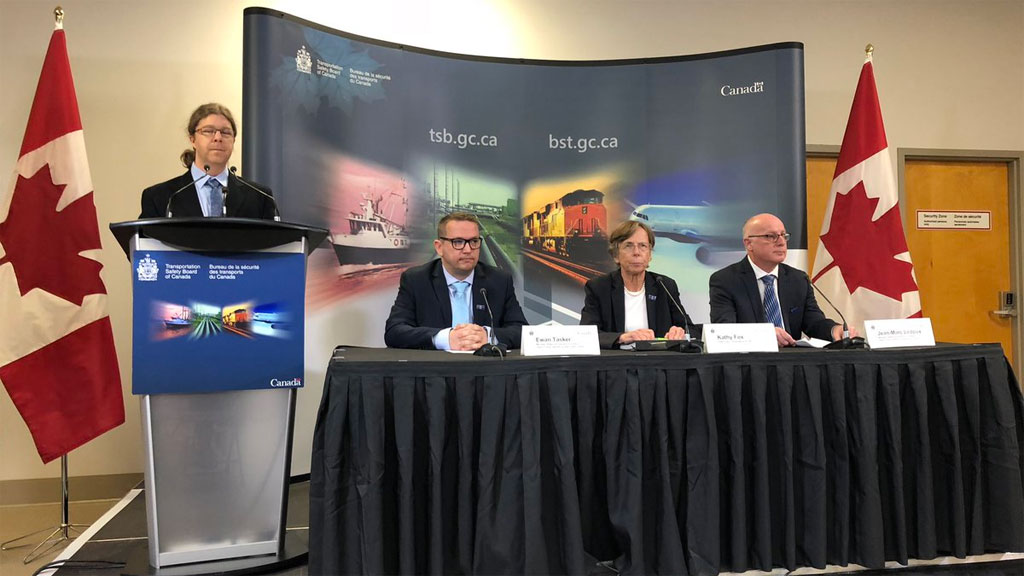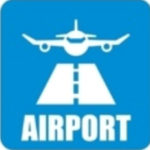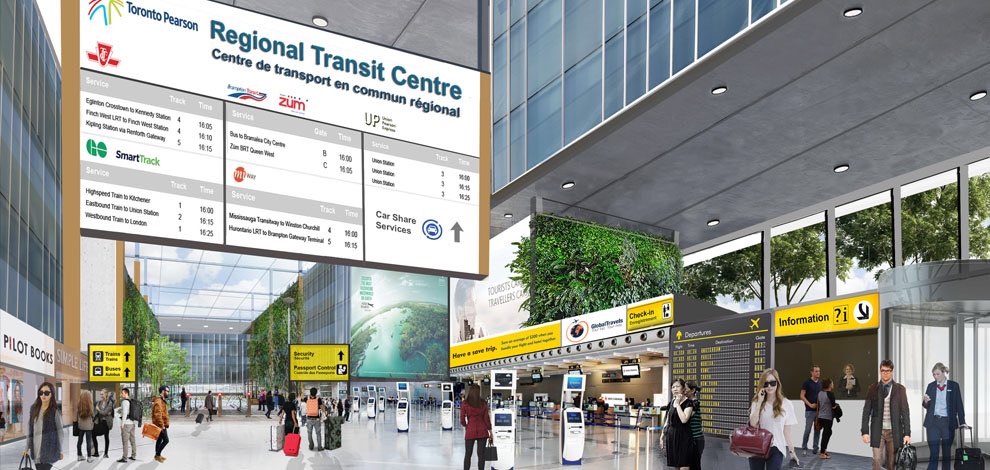And who is paying for that transit Hub?
The GTAA. With a combination of debt and maybe low-interest loans from the CIB.
$11 billion in tax payer funds and counting on Pearson’s wish list..
You may consider it Pearson’s wish list. But the rest of the GTA also sees plenty of benefit in building public transit to an area with tens of thousands of jobs.
and Ontario’s new government has already said no.
They said no to HSR. Not the hub. When you intentionally lie like this it really makes you and your cause look bad.
HSR is not the only service at the hub.
Without that hub Pearson caps at into gridlock at something like 70 million pax a year. That’s only a few years away.
More like decades away.
Rail is great and the study/planning for a high frequency Via option is underway. But only so many passengers want to ride it. Maybe 3-6 million a year?
More lies. VIA’s last projection was 9.9 million per year. And higher if full high speed rail.
People want to travel to places outside the Windsor Montreal corridor.
Indeed. And the slots saved by reducing flights to Ottawa, Montreal, London, and eventually Kingston and Windsor, should enable that.
Your command control economics argument on plane size flies in the face of how free enterprise works.
There’s nothing free enterprise about asking the government for thousands of acres of prime land for free, $900 million in initial investment and all the civil works to be built.
Diesel trains are good but only so many people are willing to take 5 hours on a train ride that can be done in just over an hour in an aircraft. Toronto to Montreal is a 5 hour drive.
It’s a good thing we have data on how rail competes with air. In fact, we even have a
reasonable model to predict air-rail market share based on travel time.
The above model would yield over 53% marketshare for Ottawa and over 30% for Montreal with VIA's non high-speed HFR. Go higher speed and marketshare grows to Acela like numbers....
And we have actual experience to show this.
Amtrak Acela has 77% air-rail marketshare on the 225 mile Washington-New York route and 54% of the 232 mile Boston-New York market. And that's in a country where gas is cheap, airports don't have high fees and the weather is a bit better. For reference,
YOW-YTZ is 218 miles and YUL-YTZ is 307 miles.
Read this article about how HSR has savaged air markets elsewhere:
A recent analysis found that on certain routes across Asia and Europe, high-speed trains are faster, cheaper and more convenient than flying.

www.railway-technology.com
Unlike your bluster, there's actual stats in my sources.
Since we are talking 10 years in the future, it’s important to mention that Every major jet engine manufacturer has a hybrid electric project in play. It is the next gen jet tech. But pure electric is the future of regional aviation(2030-2040?) according to both Airbus and Boeing.
You keep assuming there’s no informed audience here. Aerospace engineer here. You’re full of it. First, neither OEM makes engines. Second, neither OEM is that interested in the regional market. Third, nobody has an electric or hybrid engine on the Horizon that could reasonably power a scope limited RJ anytime in the next 20 years.
No roads or rail to build and maintain, going direct to your destination at 500knots. all we need are locally accessible airports.
500 knots doesn’t help much if I have to get to an airport an hour early for check-in, screening and pre-boarding. And then land in Ottawa or Montreal and spend another 30 minutes (minimum) cabbing it to the core in traffic. And most of that time in the air is unproductive and I’m not allowed to use my laptop, move around, etc.










